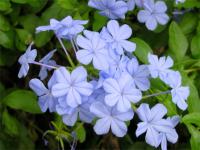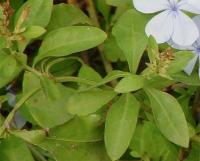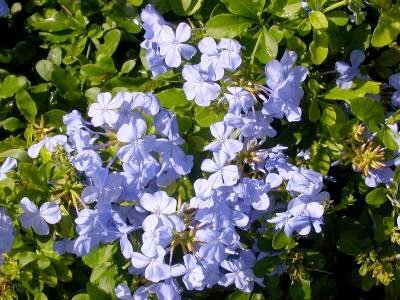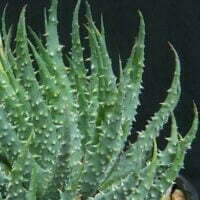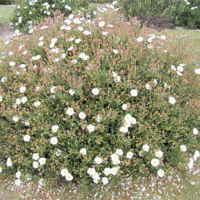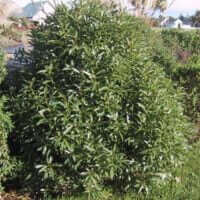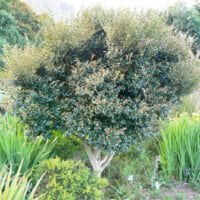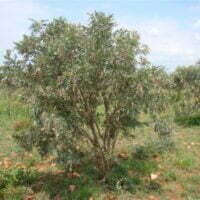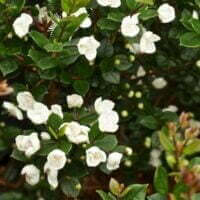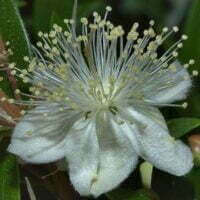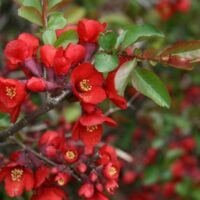| Botanical name | Plumbago auriculata |
|---|---|
| Plant Care |  Full Sun Full Sun – Prefers 6 or more hours of sun per day.  Semi Frost Hardy Semi Frost Hardy – Is Able to Survive Moderately Low Temperatures.  Moderate Watering Moderate Watering – Requires Regular Watering.  Pruning Required Pruning Required – Needs to be Pruned.  Indigenous Indigenous – Originates in South Africa. |
| Size | |
| Categories | |
| Flowers | This shrub has glorious sky blue flowers. |
| Common name(s) | Plumbago, Cape leadwort |
| Origin | |
| Uses in landscape design | Excellent as a hedge or background plant. Will clamber into a tree if grown near one. Flowers attract butterflies. Used by traditional healers for medicinal purposes. |
| Drought tolerance | Meduim |
| Planting instructions | Planting: Plumbago is not fussy and will grow in almost any garden soil, although it will benefit from additional organic material. Dig a hole 60cm square and deep. Mix two thirds of the topsoil with one third compost in the bottom of the hole, add one cup of bone meal or superphosphate and mix well. |
| Growth rate | Fast |
| Uses | Uses:: Cullinary: Medicinal: yes Cultural: yes Commercial: Cosmetics: Other Uses: Part Used: Attracts: butterflies Features: Indigenous/ Native to South Africa |
| Interesting info | This plant will clamber into a tree if grown near one. |
| Other languages | Blousyselbos (A) Umasheleshele (Z) Umabophe (X) |
| Recommended varieties | ‘Alba’ is a less common white form. |
Plumbago auriculata (Plumbago, Cape leadwort)
- Botanical name: Plumbago auriculata
- Common name(s): Plumbago, Cape leadwort
- Categories: Shrubs and Perennials
Plant description:
Quick growing, by means of suckers, this attractive indigenous plant has glorious sky blue flowers. The flowers appear on branch tips throughout the warmer months, followed by sticky hairy seeds. It can be used as a hedge or a background plant, and will clamber into a tree if grown near one. Foliage is deep green with a pale reverse. The popular ‘Royal Cape’ has darker blue flowers growing in phlox-like clusters. A white-flowering form, P. auriculata ‘Alba’, is less common. It is drought tolerant.
Family: Plumbaginaceae
Synonym: Plumbago capensis
Botanical Pronunciation: plum-BAY-go aw-rik-yoo-LAY-tuh
Plumbago auriculata requirements and features
info on these icons
Moderate Maintenance
Requires moderate maintenance.
Prohibited Use Notice: No Data Scraping Allowed Except for Search Engine Indexing:
The content provided on PlantInfo.co.za is intended for personal, non-commercial use only. Unauthorized extraction, reproduction, or use of the data, including scraping, for any purpose other than search engine indexing is strictly prohibited. Violations of these terms may result in legal action. By accessing and using this website, you agree to comply with these conditions and acknowledge the legal restrictions on the use of our content.
This shrub has glorious sky blue flowers.
